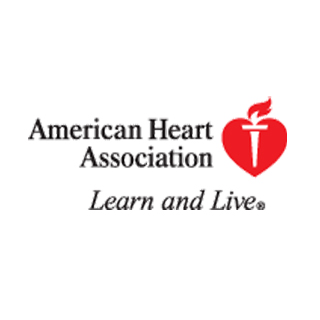
With a doubt that childhood strokes might be under-counted in analysis based on diagnostic codes separately, investigators from UCSF examined the records of nearly 2.3 million children ranging from 0-19 years of age enrolled in the Kaiser Permanente managed care plan in Northern California from 1993-2003.
These examiners looked for stroke cases in two ways by using International Classification of Diseases, 9th division (ICD-9) codes which are diagnostic codes entered on medical charts primarily for billing purposes and keywords revealing a stroke on radiology reports, computerized tomography (CT), magnetic resonance imaging (MRI) and angiograms. The researchers ascertained stroke cases with a detailed chart review and made a comparison between different technique’s abilities in identifying strokes.
“Traditional methods using diagnostic codes work fairly well to identify stroke in studies on adults, but they miss a large proportion of cases when applied to infants and children,†stated Heather J. Fullerton, M.D., senior author of the research and associate professor of neurology at the University of California, San Francisco (USCF).
By using the adjoined research techniques, they ensured nearly 205 cases of ischemic stroke, bringing an estimation of an incidence of 2.4 strokes per 100,000 person-years. The findings showed that this ratio is two to four times higher than the earlier estimation of between 0.54 and 1.2 per 100,000 U.S. children per year. They were based only on ICD-9 searches.
“Despite knowing the fact that the discrepancy between actual and recognized cases is extensive, stroke in children is considered to be still rare and these results should not alarm parentsâ€, Fullerton who heads the Pediatric Stroke and Cardiovascular Disease Center at UCSF. stated. “The major lessons from this work are for researchers.â€
In order to shed more light on the findings, the team evaluated and compared the search methods on their ability to detect the charts of children who had experienced a stroke. The radiology search, they found, was far more sensitive at 83 percent than the ICD-9 code search at 39 percent. For strokes that occurred around the time of childbirth, the discrepancy was even wider, with a sensitivity of 12 percent using ICD-9 codes for stroke, and 87 percent using radiology records.
“Studies based on ICD-9 codes may vastly underestimate the incidence and cost of pediatric stroke,†she explained.
Because the research was limited to one healthcare organization, the researchers said they weren’t certain that the limitations of ICD-9 code searches would be the same in other systems.
The researchers have reported their findings in Stroke: Journal of the American Heart Association.
